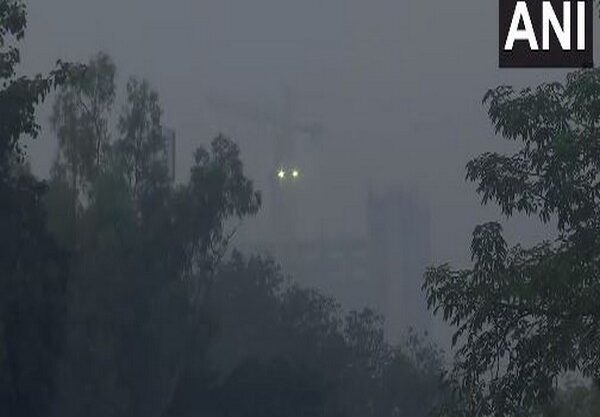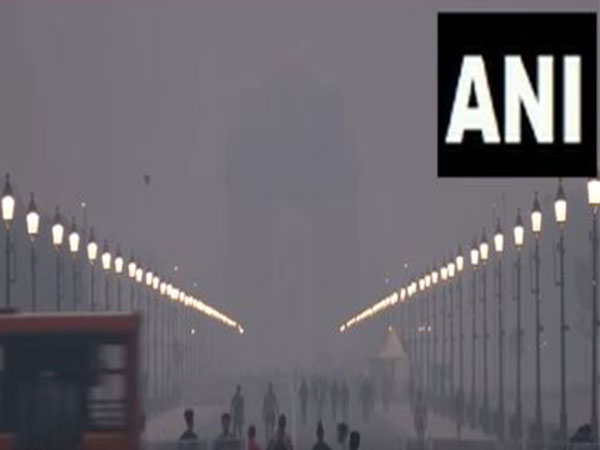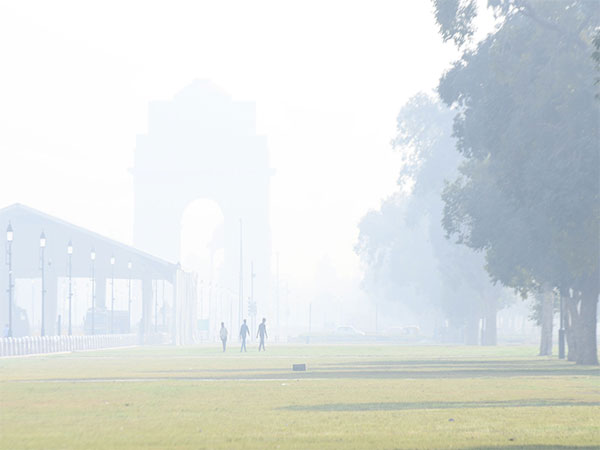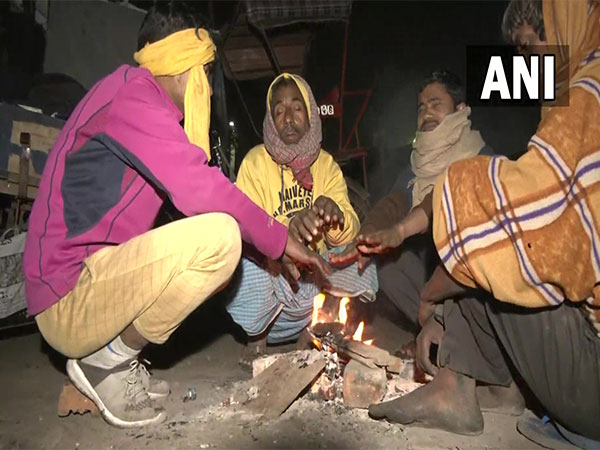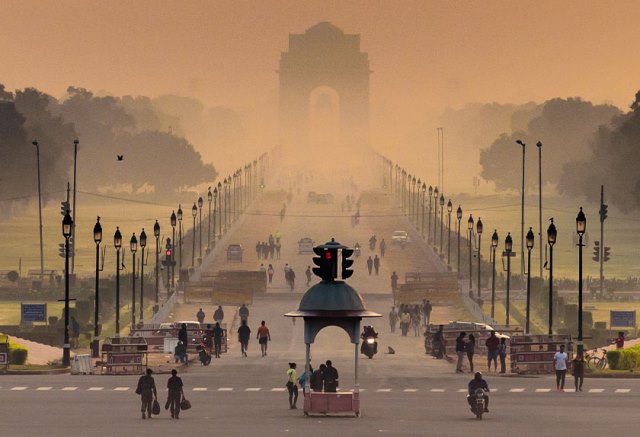Dr Sachet Dawar, Faculty of Medical Respiratory of Noida International Institute of Medical Sciences College, NIIMS, shares tips to improve indoor air quality as Delhi’s AQI worsens:
Delhi has been grappling with the issue of poor air quality for years, especially in the winter months when the situation worsens due to several factors: crop burning in neighbouring states, industrial emissions, construction dust, and vehicle pollution. Recently, I have noticed that Delhi’s (Air Quality Index) AQI is hitting hazardous levels day by day which is causing certain health conditions including breathing issues, eye irritation, and wheezing among the residents from the prolonged exposure to the toxic air.
To improve indoor air quality and minimise the negative impact of outdoor pollution, residents can take several essential and effective measures
Here’s what I have found effective:
Installation of Air Purifiers: The installation of air purifiers with high-efficiency particulate air (HEPA) effectively filters out pollutants, allergens, and volatile organic compounds (VOCs). Installing air purifiers in high-use areas such as the living room and bedroom is one of the most beneficial ways to improve the air quality inside the house.
Close Windows and Doors During High AQI Hours: Fresh and clean air ventilation is generally recommended in indoor spaces to avoid suffocation. Avoid opening windows in the early morning and evening as these are the high AQI hours. The ideal time for clean circulation can be the time when air quality is less toxic.
ALSO READ: ‘I Left Delhi To Protect My Family From Chronic Illness’
Reduce Indoor Pollutant Sources: Indoor pollutant sources including smoking, burning candles, or cooking with open flames release harmful pollutants like carbon monoxide and nitrogen dioxide into the air. These pollutants trigger various health concerns including respiratory issues, sinusitis, and other allergic reactions. Avoiding indoor smoking and artificial fragrances while using electric or induction appliances and minimal-odour cleaning products can be beneficial to maintaining a healthy environment.
Maintain Cleanliness: One of the key contributors to improving air quality indoors is a clean home. It is essential to keep the dust particles and allergens away as they lead to the degradation of air quality inside the home. Vacuuming with a high-efficiency air filter and regular cleaning can be beneficial to prevent dust particles, pollutants, and allergens from settling on the surface.
Include Indoor Plants: Certain plants are known as air purifiers as they can minimise the volatile organic compounds present in the air. Indoor plants including areca palm, aloe vera, spider plant, snake plant, and peace lily improve the air quality indoors by increasing oxygen levels and decreasing carbon dioxide levels.
Establish a “Clean Zone”: It can be a beneficial step to designate an area as a “clear zone” as it can decrease the exposure to toxic air. The ‘clean zone” should be installed with a high-quality air purifier and have a clean atmosphere with fewer allergens and dust particles. Ensure that this area or room is smoke-free.
Maintain Humidity Levels: Cold and dry air maximise the risk of respiratory issues and dry eyes, nose, and throat. To maintain an ideal humidity level, incorporating a humidifier can prevent the associated health implications. Additionally, ensure the regular cleanliness of the humidifier to avoid the growth of certain bacteria and mould.
See, Delhi’s air quality index has been fluctuating constantly, and I believe adopting these strategies can make a difference in minimising the impact of poor air quality in your homes. It’s vital, especially during this pollution crisis, to create a safe, healthy, and toxin-free indoor environment to protect against the health challenges that come with prolonged exposure to hazardous air.
For more details visit us: https://lokmarg.com/
As told to Mamta Sharma

